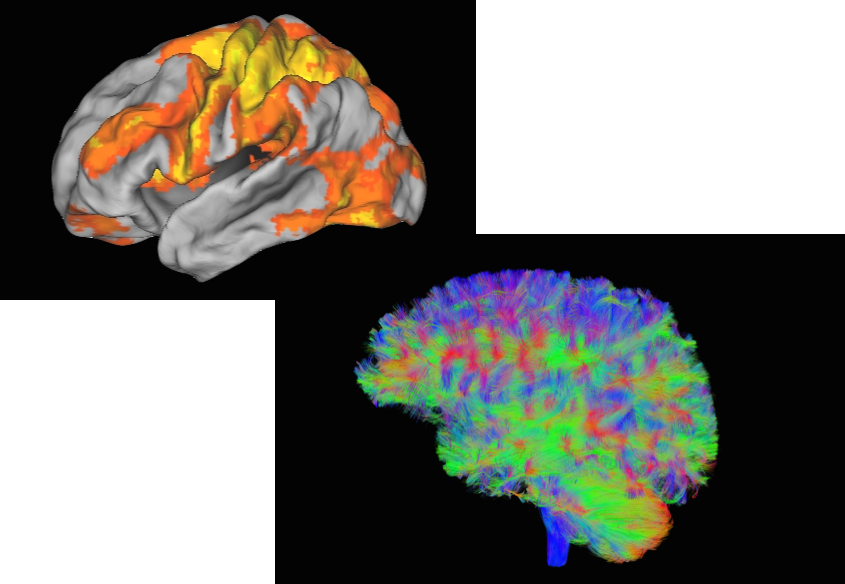We are interested in how people organize movement into goal-oriented action.

Our research emphasizes experiments that elucidate the underlying cognitive architecture that represents action and transforms intentions and goals into specific movements. We use a broad range of paradigms to do this, including studies of skill acquisition, on-line control, visuomotor transformation and planning. We are also interested in how action selection and planning is influenced by the cost of movement as well as the state of the planner. Why do we sometimes fail miserably under high pressure?
Brain-behavior relationships are defined using fMRI, transcranial magnetic stimulation, high-density electroencephalography and simultaneous fMRI-EEG. These functional data are linked to underlying structural connectivity defined by high resolution diffusion imaging (the connectome). We also assess the state of subjects by measuring sympathetic tone by non-invasive impedence cardiography.
Data modeling approaches include conventional multivariate methods, machine learning and representational similarity.
We also characterize functional data using dynamic community detection algorithms.
